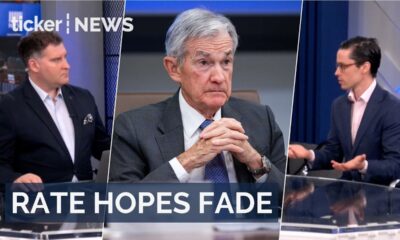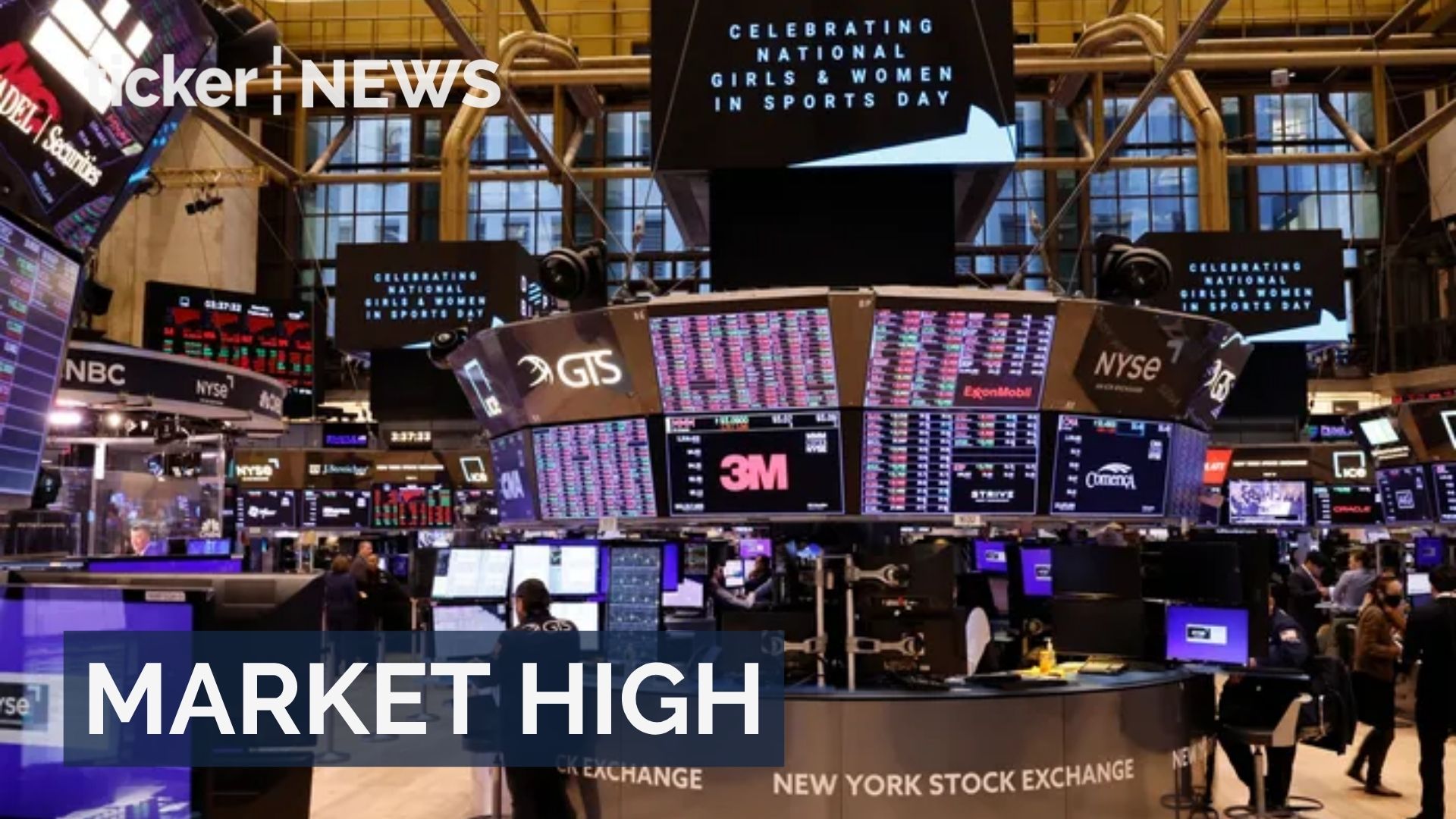Money
New research links slow wage growth to IR hurdles
Money
Inflation rise reduces chances of Reserve Bank rate cut
Inflation spikes, drastically reducing chances of a Reserve Bank rate cut amid economic pressures and rising costs
Money
Wall Street hits record highs on low inflation
Wall Street hits record highs on cool inflation and strong earnings ahead of key Federal Reserve interest rate decision
Money
US stocks face tests from Tesla, Netflix earnings
US markets brace for Tesla and Netflix earnings amid rising volatility and delayed inflation data
-



 News1 day ago
News1 day agoMarkets cautious as rate cut hopes fade
-



 News1 day ago
News1 day agoUS–China trade talks are a handshake, not a deal
-



 News4 days ago
News4 days agoOil prices drop amid OPEC+ output increase plans
-



 News5 days ago
News5 days agoRussia test-launches nuclear-powered Burevestnik cruise missile
-



 News3 days ago
News3 days agoMeta and Amazon signal ‘AI efficiency era’
-



 News1 day ago
News1 day agoTrump orders Pentagon to resume nuclear testing immediately
-



 News3 days ago
News3 days agoDecember rate cut all but locked in
-



 News4 days ago
News4 days agoMarketers struggle to find right creative partners









